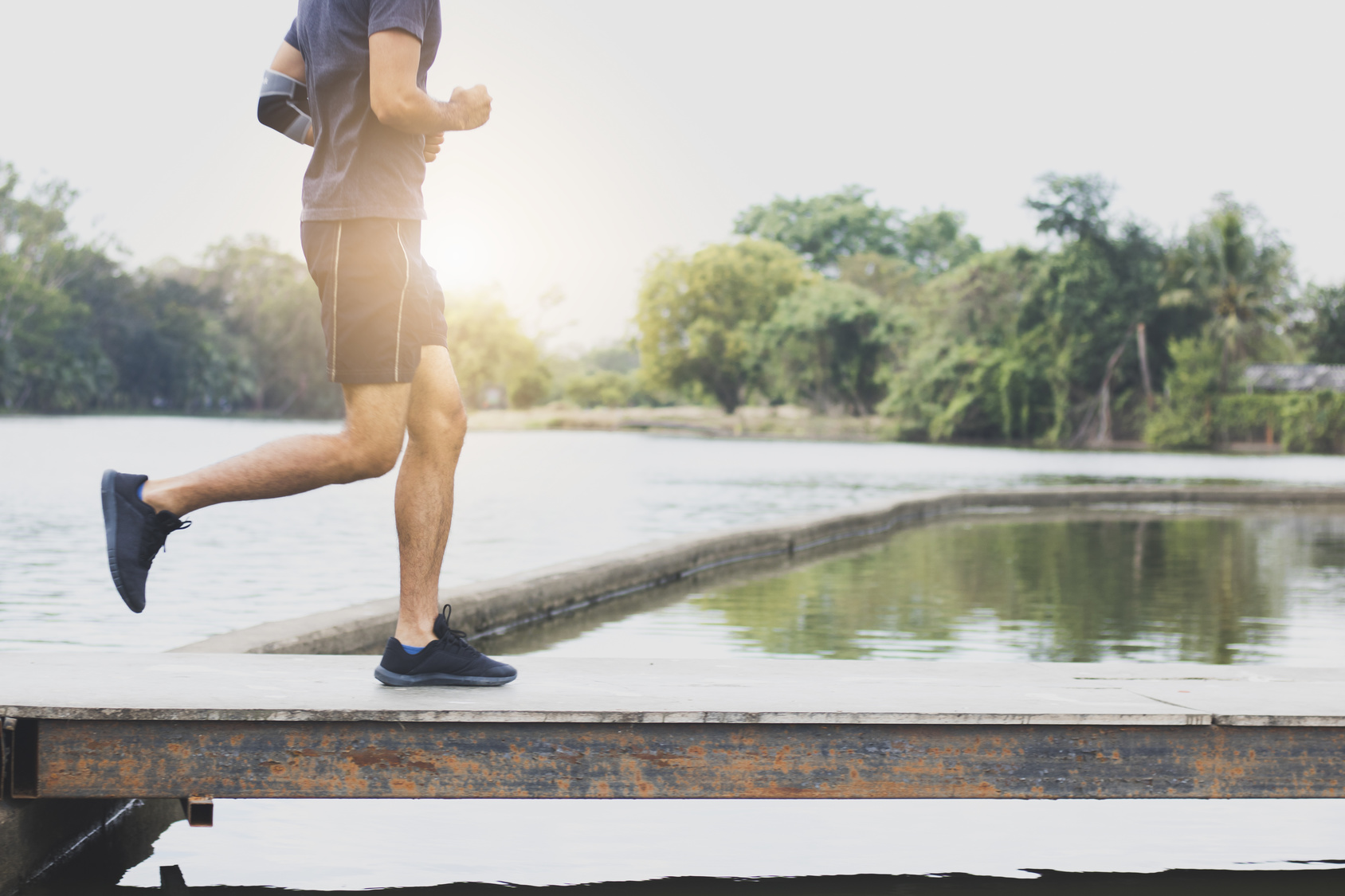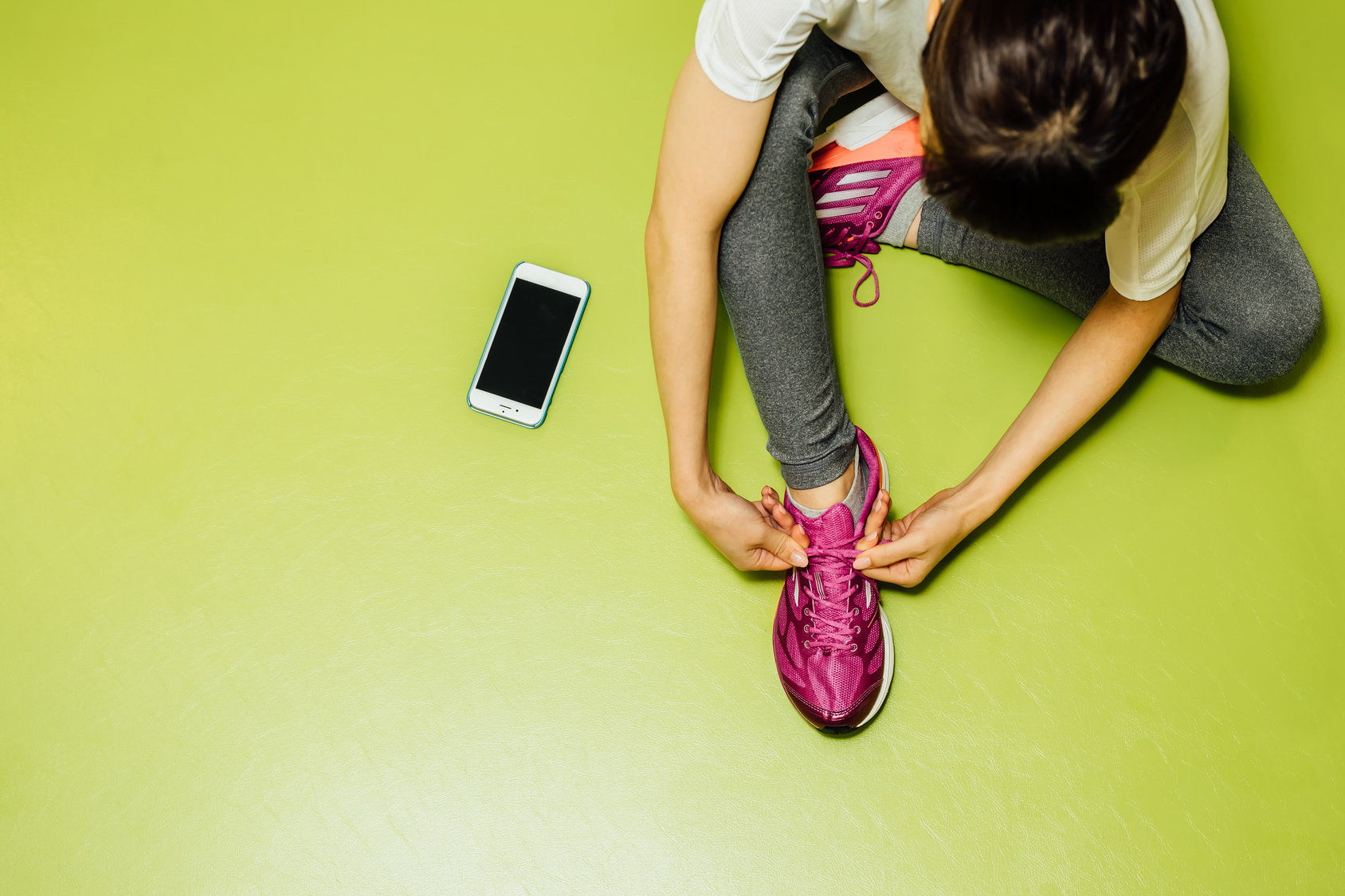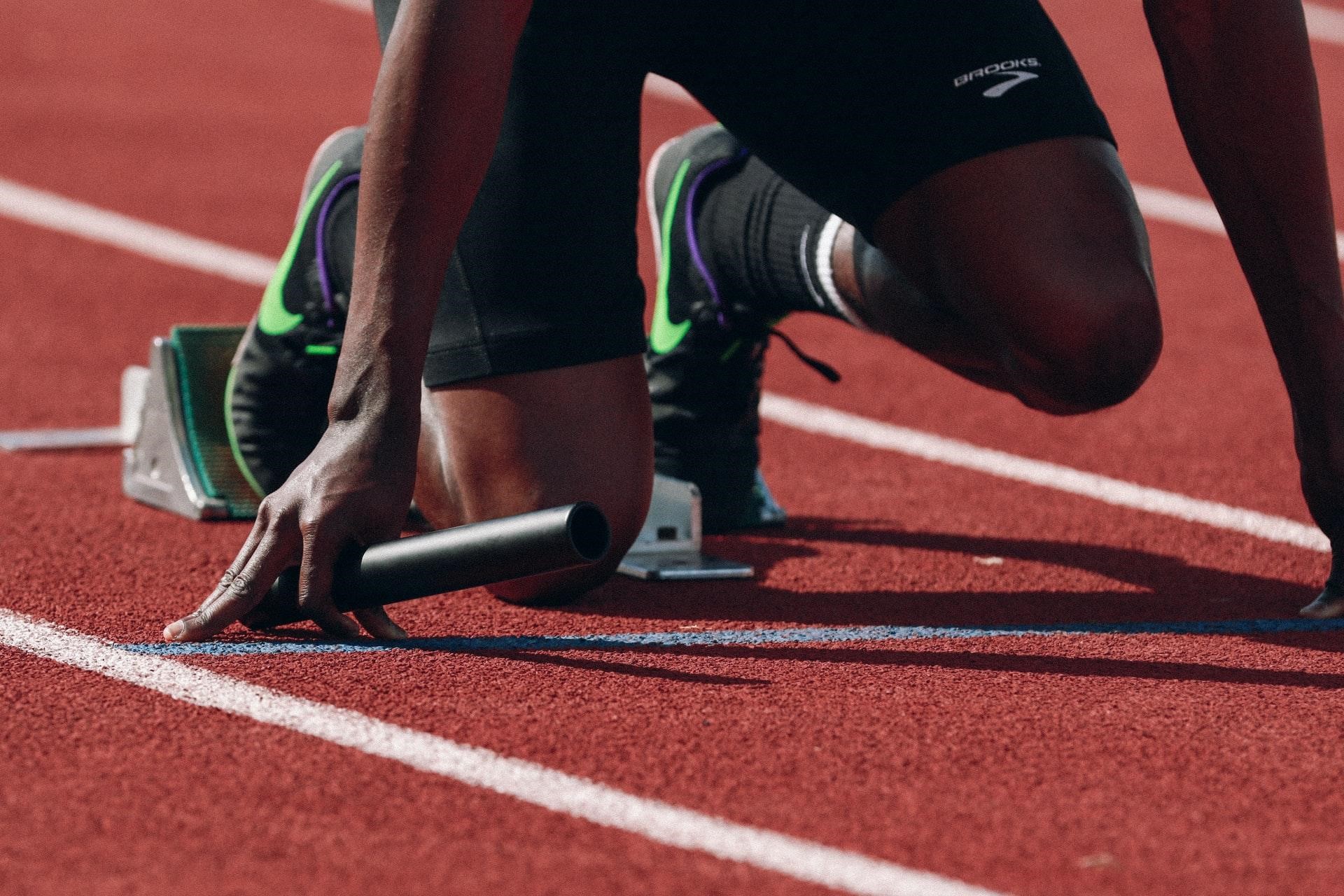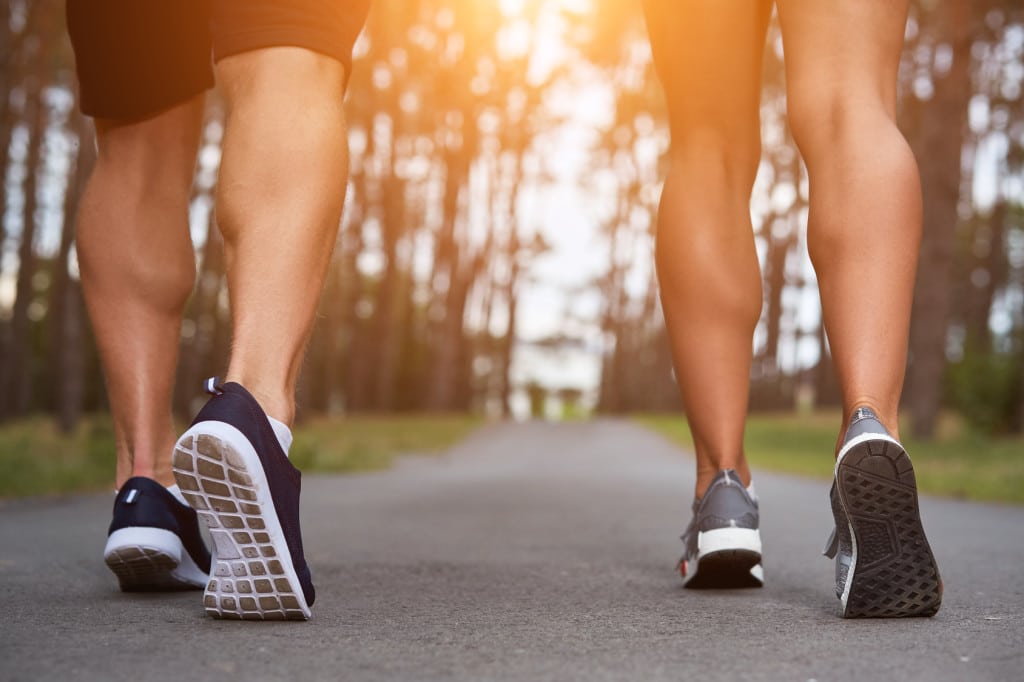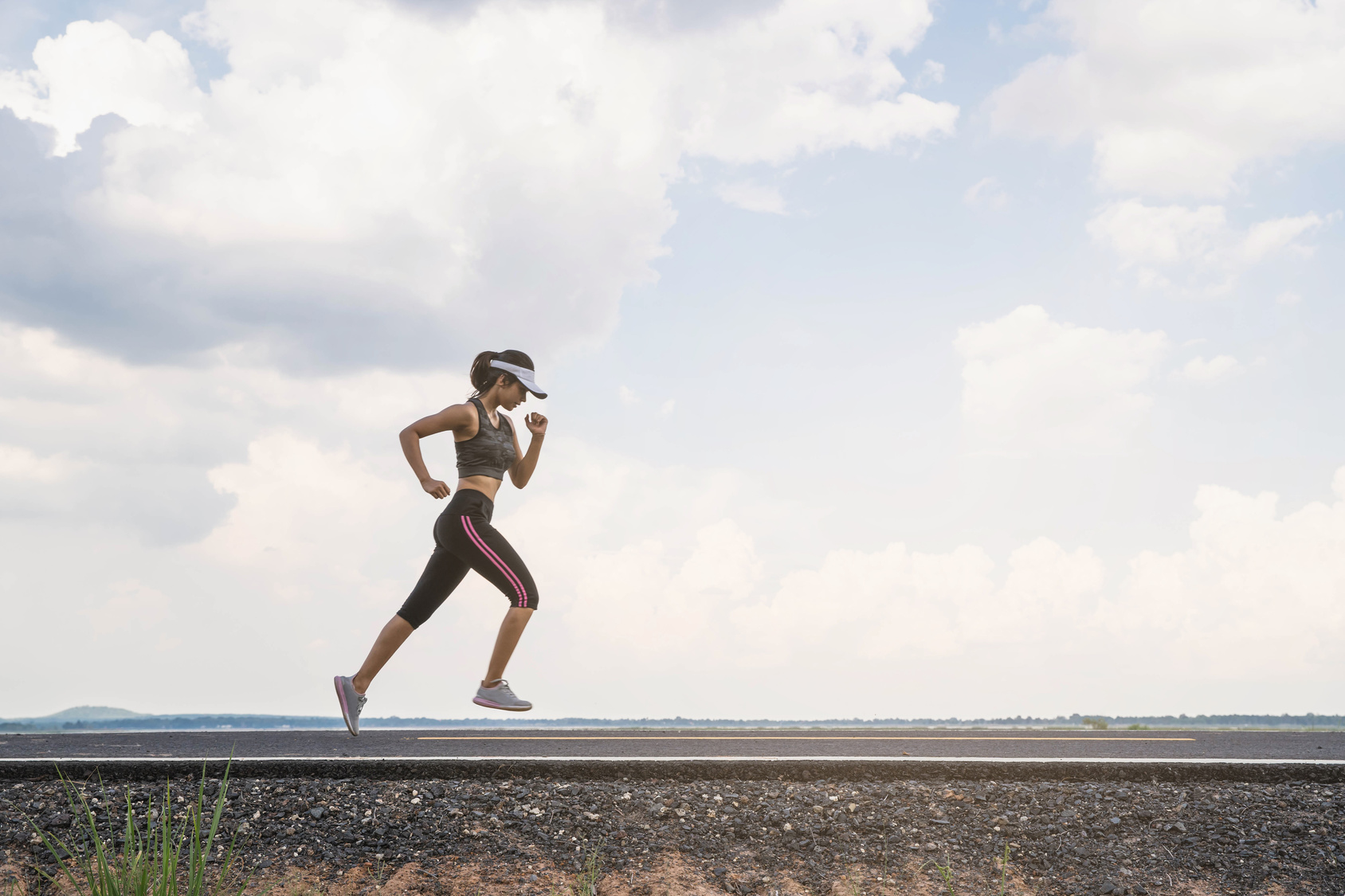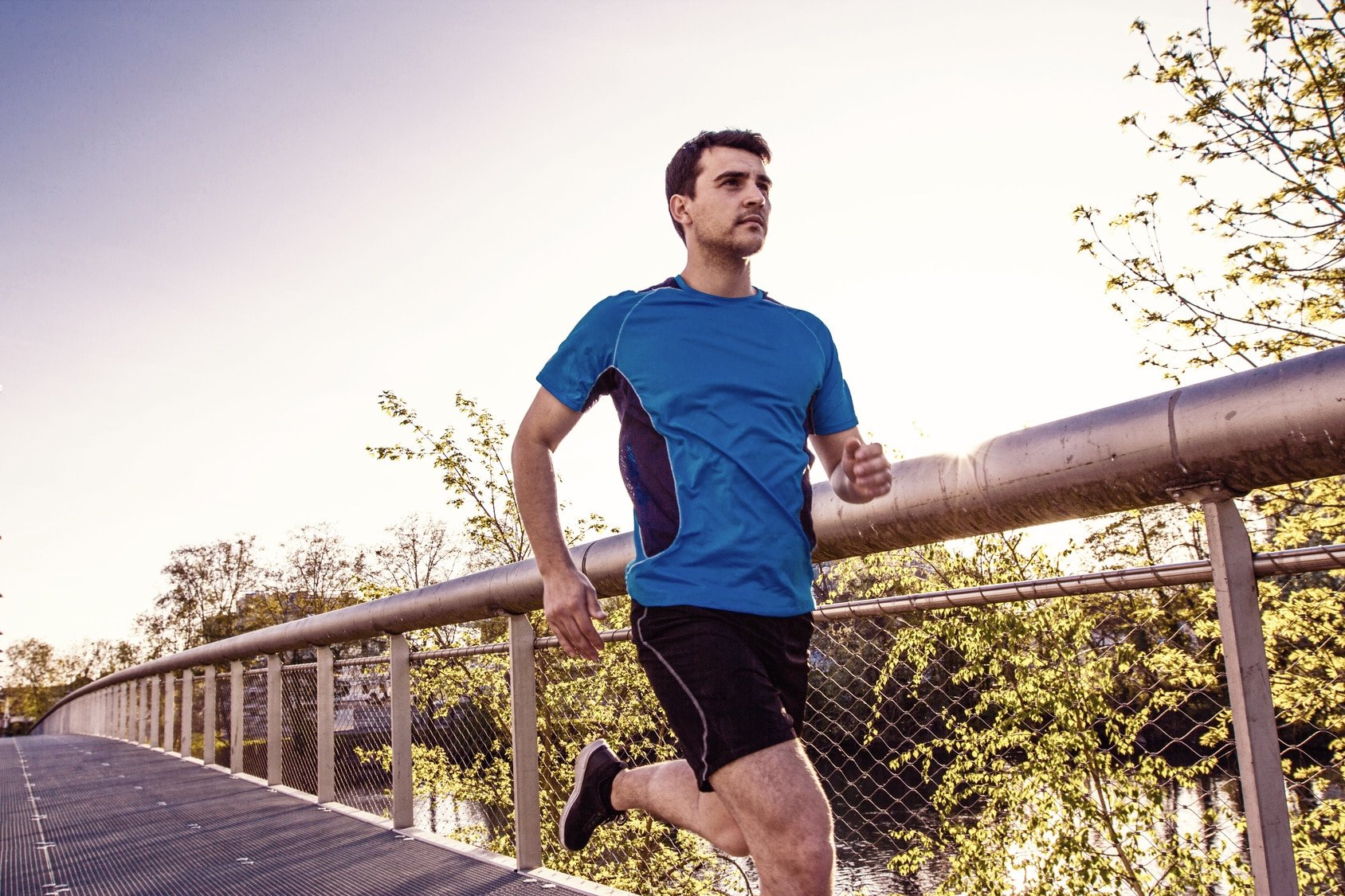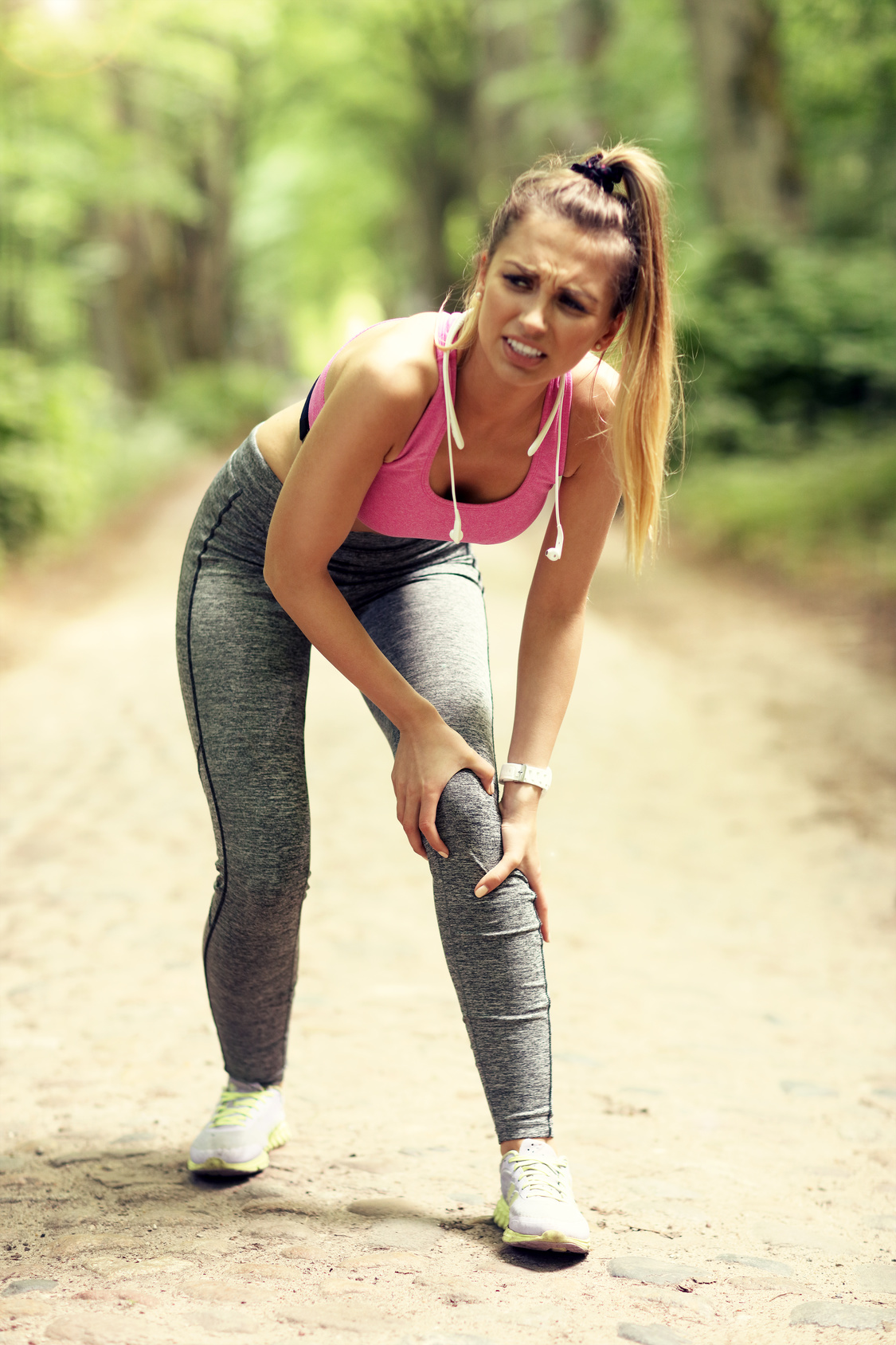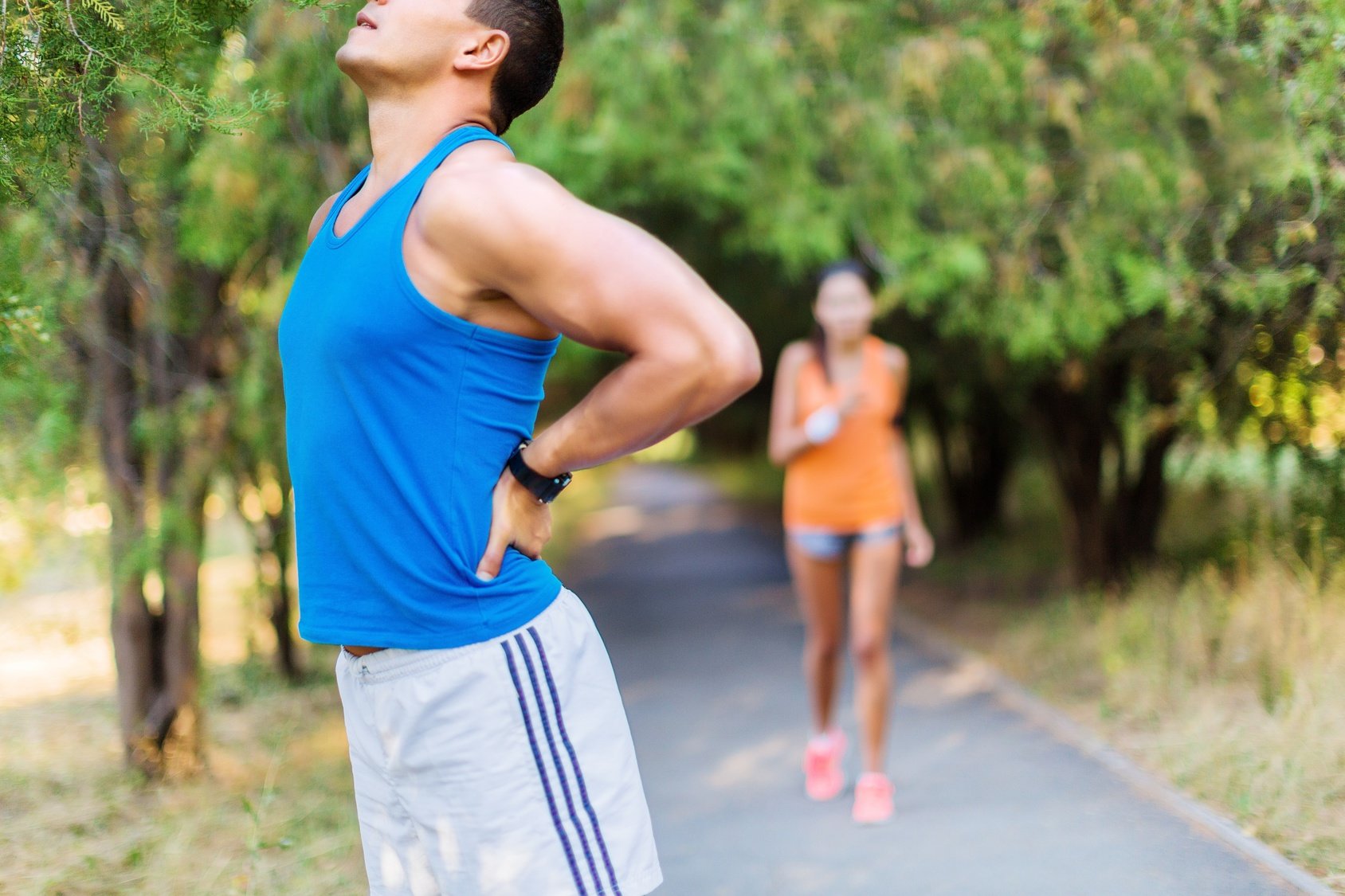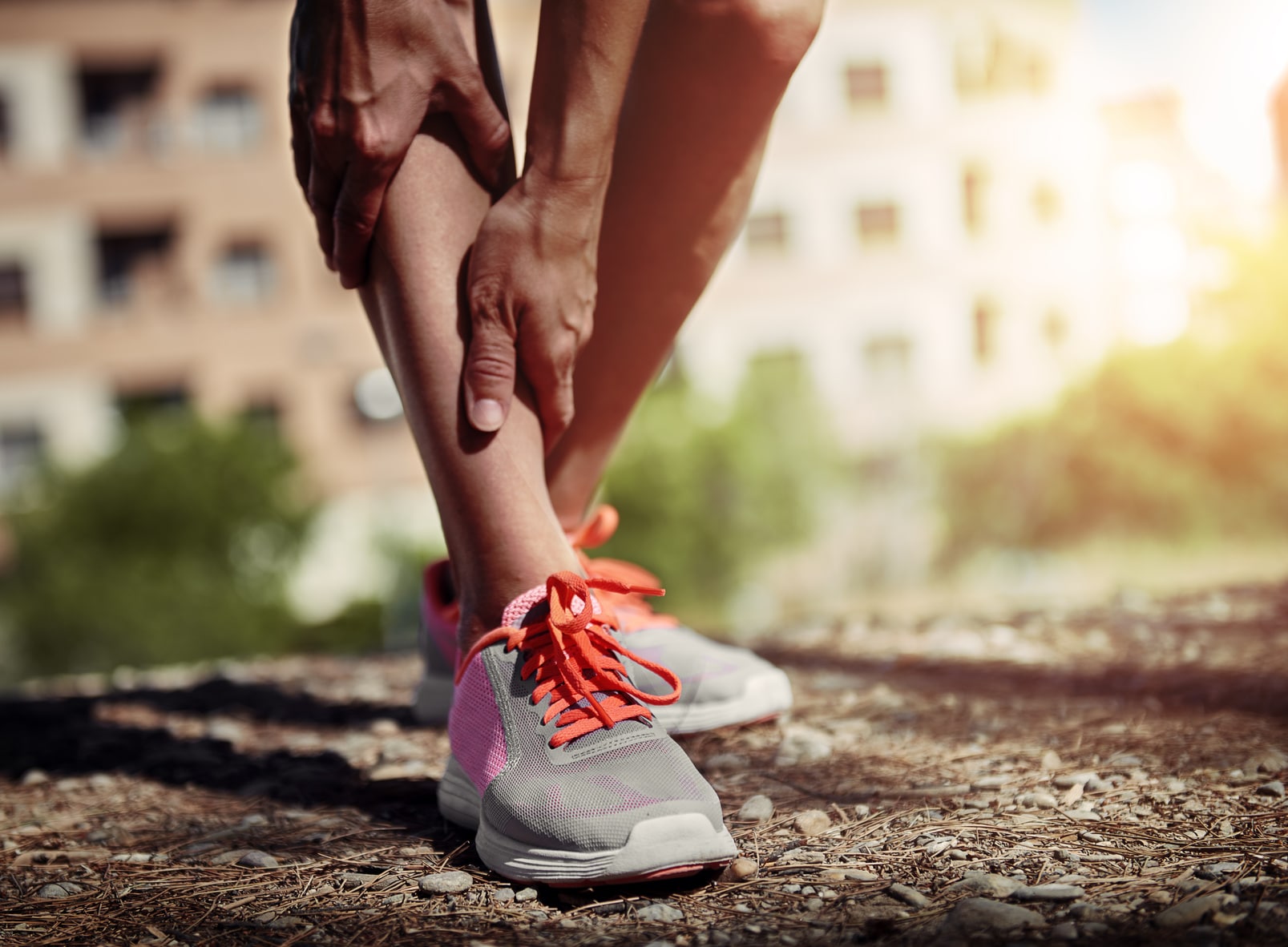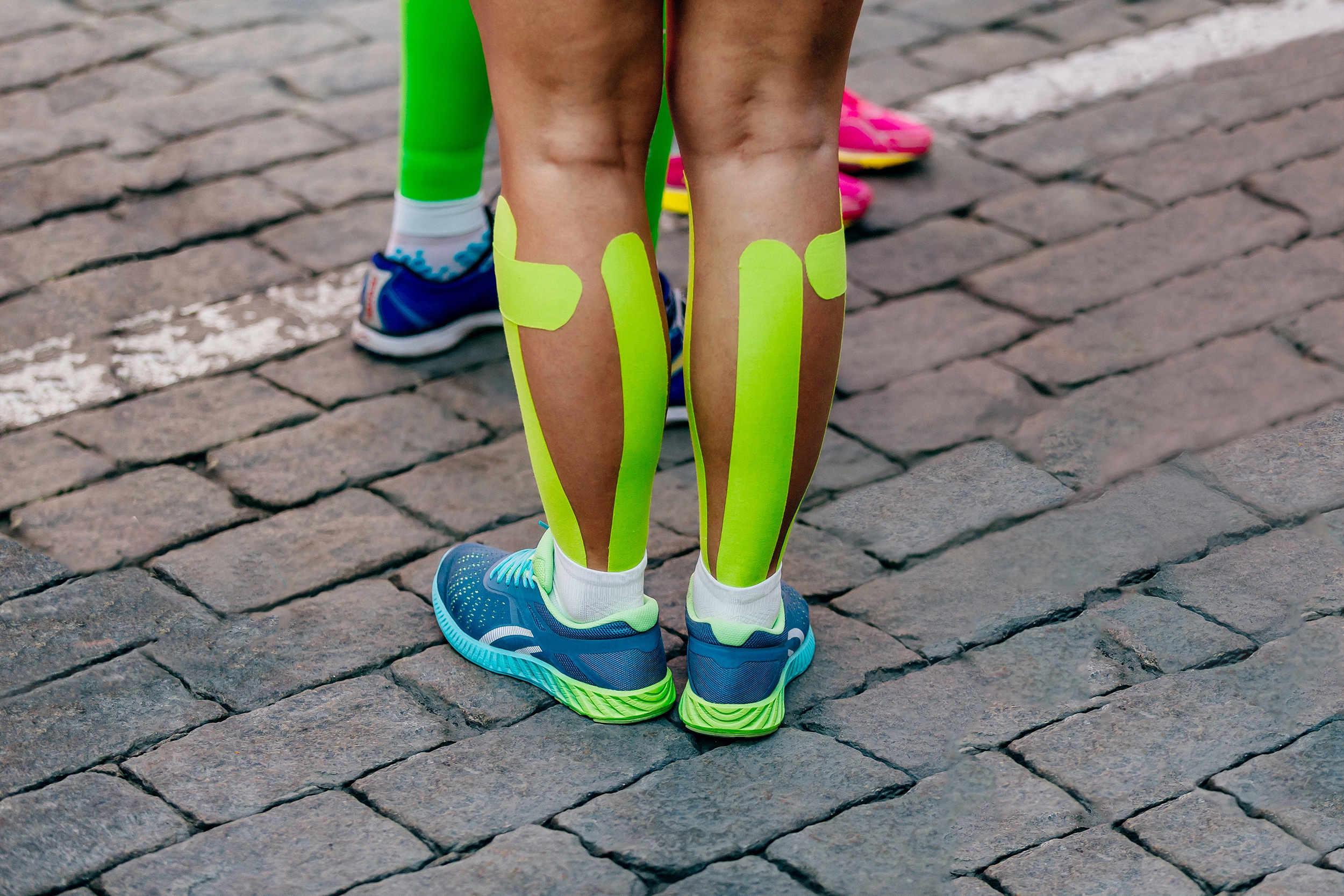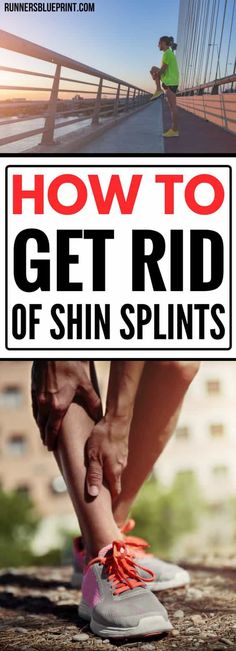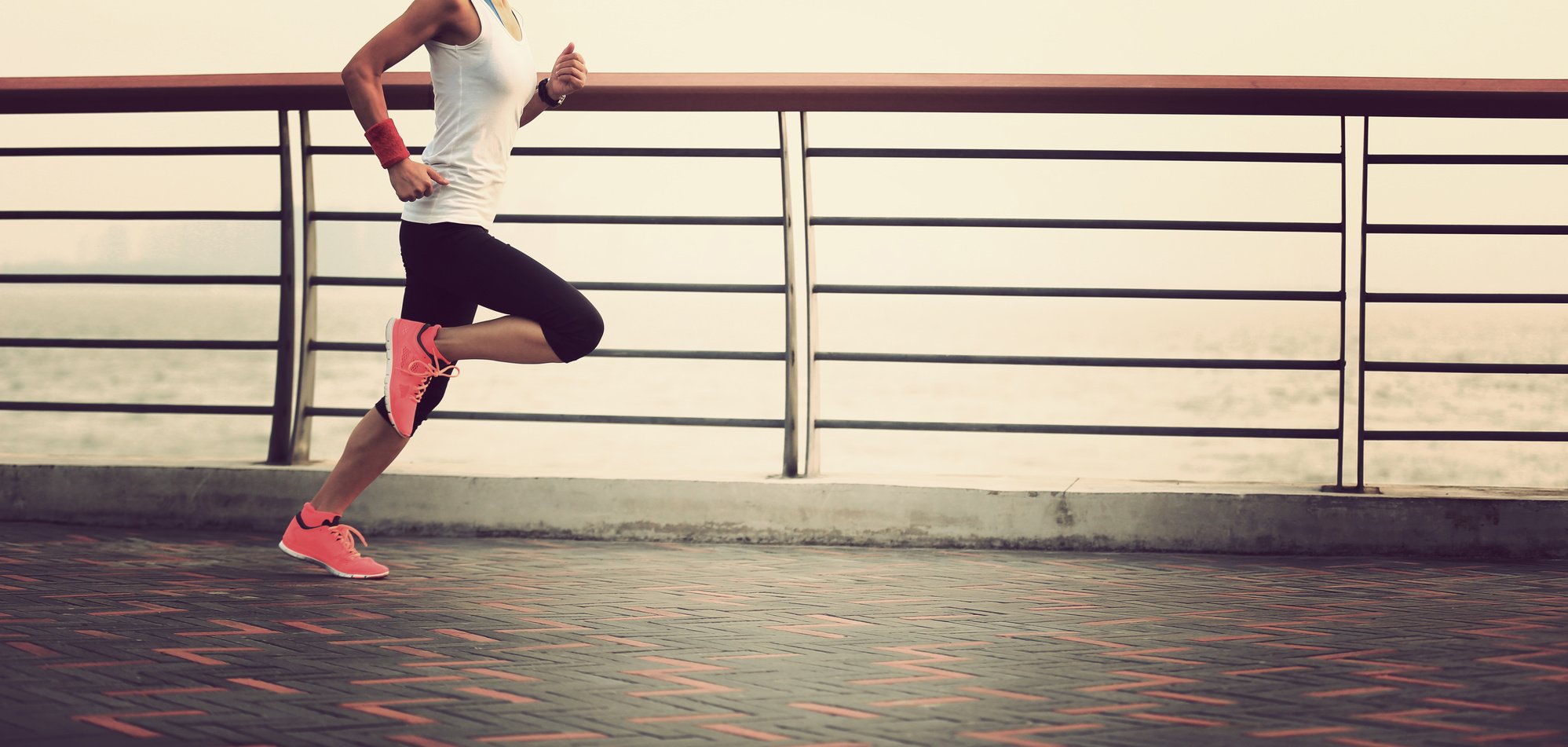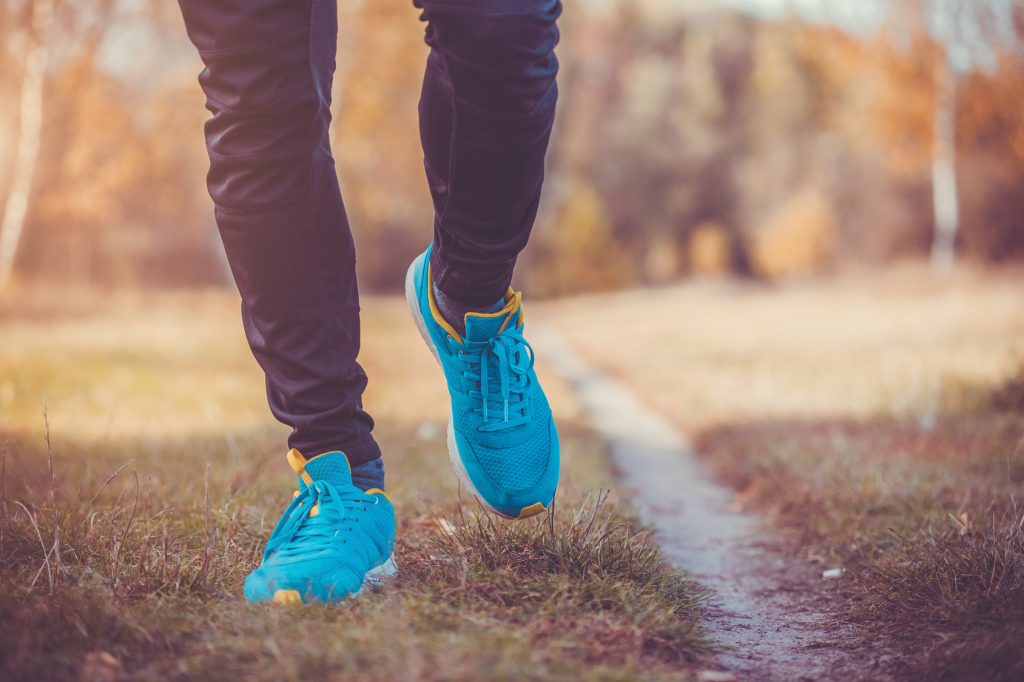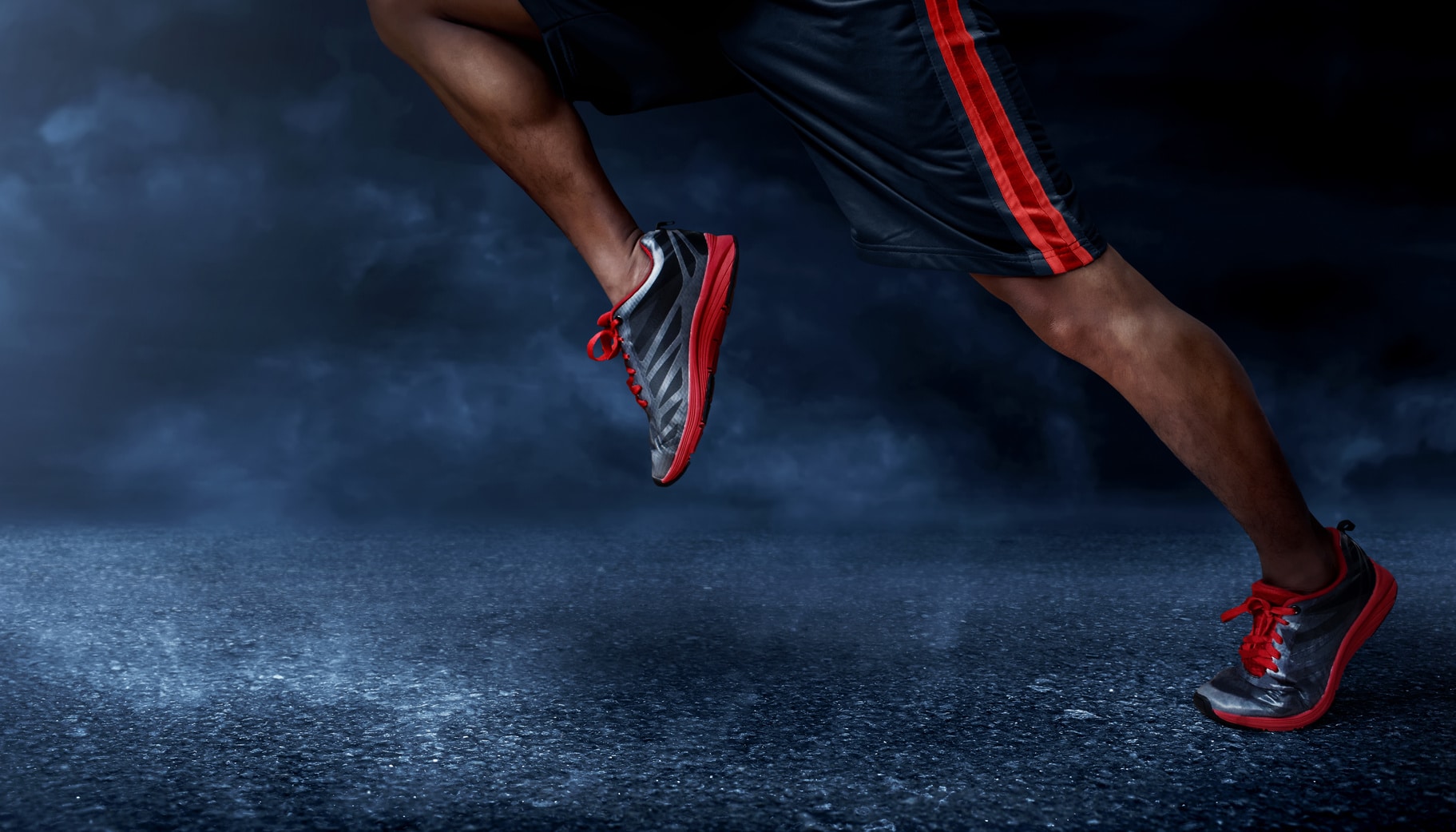For many runners, lower leg pain is an all-too-common experience. It’s the bane of our existence, the thorn in our side, the nagging ache that just won’t quit. But fear not; I’m here to help.
In this post, I’ll be diving into the five most common causes of lower leg pain while (or after) running.
Whether you’re a seasoned pro or a newbie lacing up your shoes for the first time, we’ve got you covered. So let’s dive into the nitty-gritty of this pesky problem and get you back on the road pain-free.
Lower Leg Pain Cause. 1 Shin Splints
First up, we have shin splints – a frustrating and painful condition that can plague even the most experienced runners.
Shin splints, also known as medial tibial stress syndrome or MTSS, is an inflammation of the muscles, bone tissue, and tendons around the tibia. This can cause pain along the inner (medial) side of the tibia, usually where the muscles attach to the bone.
If you think you might be dealing with shin splints, you’ll likely feel tenderness around the lower two-quarters of the inner tibia, and the affected spot will be tender to touch. You may also notice some mild swelling in the lower leg.
The causes of this injury are often attributed to repetitive stress on the shinbone and the connective tissue that attaches the muscles to the bone. This can happen when you suddenly increase your training volume, either with a new activity, or intensity or by changing something in your running routine. Even the skipping recovery section also takes part in this injury.
So, what can you do to treat and prevent shin splints?
First and foremost, rest is key. Take a break from high-impact exercises and opt for low-impact sports like swimming and cycling during the acute period.
Ice the affected area, wear proper shoes with arch support and change your running surfaces more regularly. Adding insoles or padding inside your shoes can also minimize the impact. For persistent cases, it’s important to consult a physiotherapist or chiropractor to help you improve the mobility and strength of your Achilles tendon, ankle, and calf.
Prevention
The best way to prevent shin pain is to take it slow and listen to your body. Assess your running routine and look for anything that could be making the injury worse, such as hills or hard surfaces. Instead, opt for softer surfaces like dirt paths or trails.
It’s also important to improve strength in the muscles along the front and side of your lower leg and improve the flexibility of your calf muscles. This can be done through exercises such as calf raises and stretches. And don’t forget to wear proper shoes with arch support and consider adding insoles or padding to minimize impact.
If you do experience lower leg pain, don’t push through it. Take a break from high-impact exercises and consider low-impact sports like swimming or cycling. And if the pain persists, don’t hesitate to seek the help of a physiotherapist or chiropractor to improve mobility and strength. Remember, prevention is key, so take care of your lower legs and keep them pain-free for all your running adventures.
Additional Resource – Here’s how to use KT Tape for runners knee.
Lower Leg Pain Cause. 2 Stress Fractures
Imagine you’re in the middle of your morning jog, heart pumping, sweat dripping down your face, and suddenly, you feel a sharp pain radiating down your leg. What could it be? It might be a stress fracture. This serious injury can knock you out of commission for weeks or even months, so it’s important to know the signs and how to prevent it.
Stress fractures occur when tiny cracks form in a bone due to repetitive trauma. They’re common in long-distance runners, particularly women who may be more prone to osteoporosis, hormonal imbalances, and low body weight. The metatarsals and the inside edge of the tibia are the most susceptible bones.
Unlike shin splints, which can also cause pain during or after running, stress fractures are characterized by sharp, persistent pain that worsens with each run. You might also experience tenderness, swelling, or bruising that doesn’t go away. Even putting weight on the affected leg or sleeping at night can be painful.
If you suspect a stress fracture, don’t try to power through it. That’s like driving a car with a broken engine and expecting it to work. You need to see your doctor as soon as possible for a thorough diagnosis. X-rays are necessary to detect the fracture, and you’ll likely need to stop weight-bearing exercises for 6 to 8 months, sometimes even longer in severe cases.
You may also need to wear a cast or elastic bandage for a certain amount of time to provide firm support.
Prevention
To prevent stress fractures, examine your running routine and make any necessary changes. Don’t overdo it by increasing the intensity or amount of training too quickly, as that’s the primary cause of this injury. T
It’s also important to maintain proper form and strength in the muscles along the front and side of your lower leg and improve the flexibility of your calf muscles. Take care of your body, and it will take care of you.
Lower Leg Pain Cause. 3 Achilles Tendinitis
Imagine your Achilles tendon as a strong rope that connects your calf muscles to your heel bone. When that rope is overused, overstressed, or strained, it can lead to a painful condition known as Achilles tendinitis. This common issue affects many runners and can put a serious dent in your training routine.
One of the most frustrating things about Achilles tendinitis is that it can take a while to diagnose. You may not even realize that you have it until you start feeling pain in your lower calf or near the back of your heel. The pain can be sharp and persistent, especially in the morning, and may be accompanied by inflammation, swelling, and poor range of motion in the affected leg.
So, what causes this pesky condition? Overuse and strain on the Achilles tendon are the main culprits. Runners who log too many miles too quickly or overwork their calf muscles are particularly susceptible to Achilles tendinitis. It can also be caused by bad running form, wearing inappropriate footwear, and even certain medications.
If you suspect that you have Achilles tendinitis, it’s crucial to seek medical attention as soon as possible. Ignoring the pain and continuing to run can make the problem worse, leading to more serious injuries and a longer recovery time. Your doctor may recommend rest, ice, compression, and elevation (RICE) therapy, as well as physical therapy or even surgery in severe cases.
Preventing Achilles tendinitis requires a bit of self-care and attention to your running routine. Make sure to properly warm up before your runs, wear supportive and comfortable shoes, and gradually increase your mileage to avoid overuse.
Strengthening your calf muscles and incorporating cross-training exercises, such as swimming or cycling, can also help prevent Achilles tendinitis. Remember, taking care of your body is key to staying injury-free and reaching your running goals.
Lower Leg Pain Cause. 4 Posterior Tibial Tendonitis
Have you ever felt a sharp, stabbing pain on the inside of your ankle? If so, you may be dealing with posterior tibial tendonitis. This sneaky injury can creep up on even the most experienced runners and cause havoc on your training schedule.
The posterior tibialis muscle is a key player in running, responsible for pointing your ankle and toes downward and supporting the arch of your foot. When this muscle gets overused, it can lead to posterior tibial tendonitis, which can cause tenderness, swelling, and pain in the inside of your ankle.
But fear not! There are steps you can take to treat and prevent posterior tibial tendonitis. RICE (rest, ice, compression, elevation) is your first course of action. You can also use an ankle-compression sleeve to help soothe pain and prevent re-injury when you return to running. But remember, it’s important to avoid painkillers without consulting your doctor first.
Prevention is key when it comes to avoiding this injury altogether. Consider adding custom foot orthotics to your running shoes to provide extra arch support, and make sure your shoes are well-cushioned. To avoid compressing your neuroma, loosen the laces near the toes. And don’t forget to strengthen your ankle muscles with exercises like calf raises.
As tempting as it may be to go barefoot or wear flip-flops or flat shoes, these types of footwear can contribute to the development of a fallen arch, which can worsen your condition. So stick to well-cushioned, supportive shoes and give your feet the love and attention they deserve.
Lower Leg Pain Cause. 5 Muscle Strains
As a runner, there’s nothing more frustrating than having to deal with an injury that keeps you from pounding the pavement. And lower leg pain is a particularly common culprit that can really put a cramp in your style. One of the most frequent causes of this type of pain is muscle strain in the calf muscles.
Picture this: you’re sprinting down the track, feeling great, and suddenly, you feel a sharp pain in your calf. It’s like a light switch has been flipped, and suddenly, you can barely move. You might even feel like your calf has given up on you entirely. If this sounds familiar, you’ve likely strained a calf muscle.
Symptoms of a calf strain include pain in the lower leg, limited range of motion, and a feeling that the muscle has “given way.” This can be especially frustrating for runners, who may mistake the strain for simple tightness. You may even feel like the pain subsides during a run, only to come back with a vengeance afterward.
Calf strains are often the result of overtraining or making sudden changes to your routine, like increasing your mileage or switching up your running technique. To treat a mild strain, you can try the RICE method at home, but if the tear or strain is severe, it may require medical attention.
Preventing calf strains is key, and that means taking the time to warm up properly before your run. A good warm-up should include low-intensity running and dynamic movements like lunges, butt kicks, and squats. Additionally, it’s important to strengthen your calf muscles and prepare them properly for hard training. Isometric exercises can be particularly helpful in preventing calf strains.
If you’re dealing with lower leg pain as a runner, there are a variety of injuries and conditions that could be to blame. By taking steps to prevent injuries and addressing them quickly when they do occur, you can keep hitting the pavement and chasing those personal records.
Additional Resource – Your guide to runners itch
Lower Leg Pain – The Conclusion
In the thrilling world of running, lower leg pain can sometimes be the villain that threatens to derail our athletic pursuits. We’ve uncovered a handful of notorious culprits responsible for this pesky pain, but let me tell you, my friends, this is just the tip of the iceberg.
If you hunger for more knowledge and crave deeper insights into running injuries and prevention, be sure to pay a visit to my page. It’s a treasure trove of wisdom waiting to empower you on your journey to pain-free running.
Oh, and let’s not forget the foot pain relief article and the heel pain guide, both waiting eagerly to shower you with valuable tips and tricks.
But wait, there’s more! I’m not just here to deliver information; I’m here to connect with you. I want to hear your stories, your triumphs, and even your struggles. So drop me a line in the comments section below. Let’s build a community of passionate runners who support and inspire each other.
Thank you for dropping by.
Keep training strong.
David D

